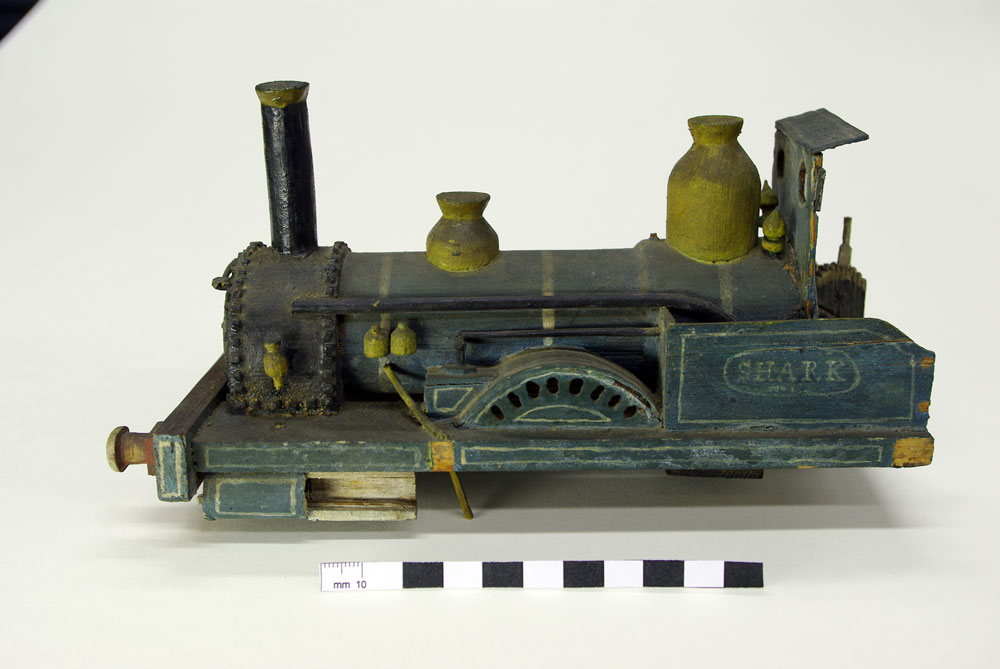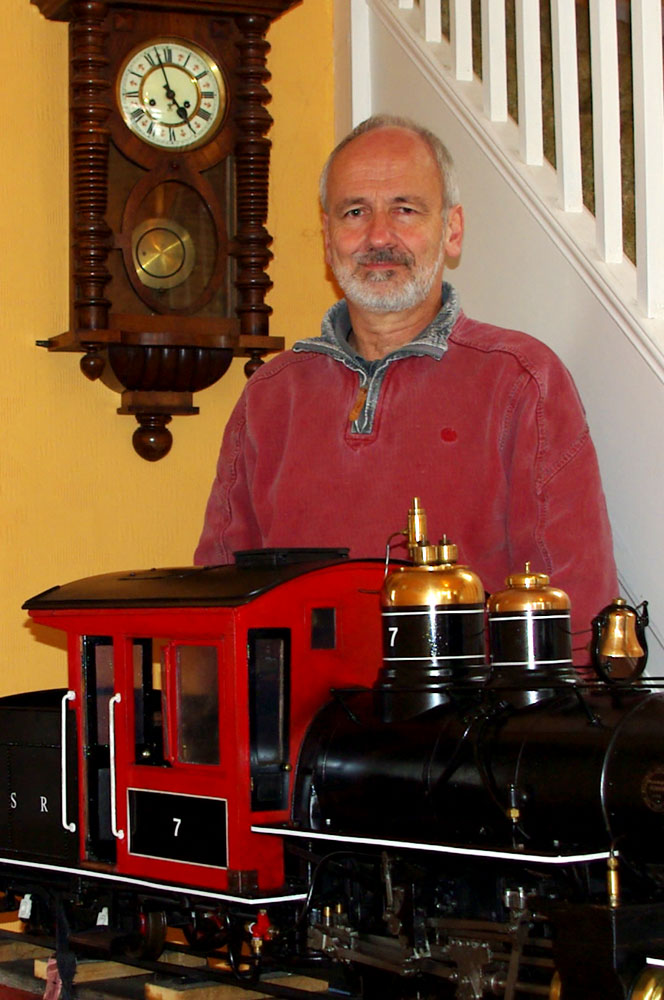An introduction first I think: I’m Robin Gibson, a (very) mature student from the University of Lincoln, where I’m in my final year of studying for a degree in Conservation and Restoration – a first step in a new career towards becoming a conservator. I’ve a manufacturing engineering background, and long had an interest in old objects, industrial and transport heritage.
I’m very fortunate and grateful to have been accepted by the National Railway Museum for a six week work placement in the Conservation department.
During my first week in York I was made to feel very welcome by the friendly staff of the conservation department, and made a start on a wooden 1/24 scale model of “The Shark”, a locomotive from the 1860s.


The project, although appearing initially reasonably straightforward, is in fact quite challenging and has required considerable planning before any actions can been taken. I’m grateful to the staff at Lincoln for providing me with the basis of skills and knowledge – and a little confidence – needed to propose a treatment plan and start work, after consultation and agreement with the conservation manager of the NRM.
The first week has seen many of the loose components identified, photographed and documented, with the larger parts and the locomotive and tender carefully cleaned with soft brushes, often using the microscope.
This is a guest post by Robin Gibson, who undertook a placement with the Conservation team.
You can read Part Two here.


2 comments on “Conserving ‘The Shark’: part 1”